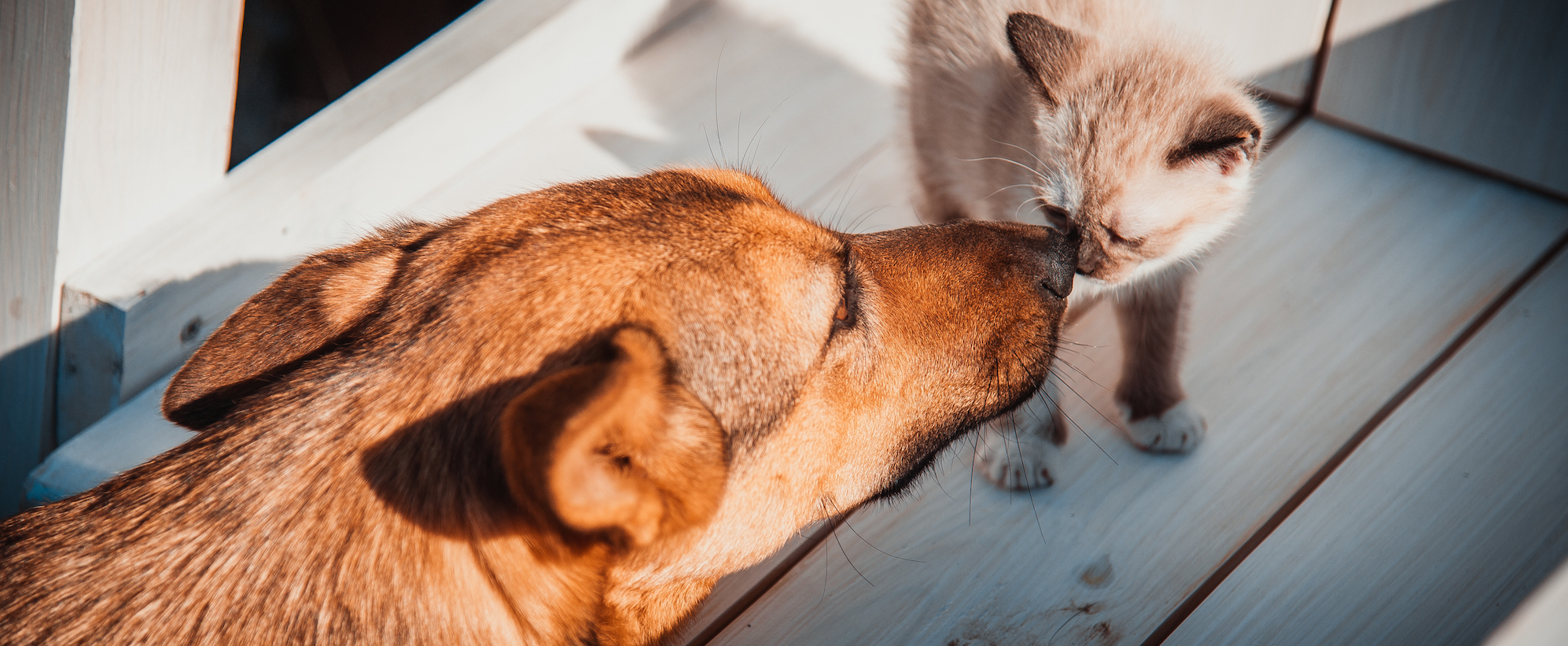Tips for deciding if this is the right time:
- Have you done homework, such as reading about housebreaking, training, behavioral problems, and daily care of a dog? And what kinds of dogs are best for you and your family? (See suggested reading at the end.)
- Will your working hours allow enough time to provide the care and exercise a dog needs every day?
- If you have children, will you have time to provide the daily care and exercise a dog needs every day?
- Will you have enough money to cover food, toys, annual vet exams, vaccinations, monthly heartworm preventative, flea control, unexpected medical costs, grooming, training, and boarding the pet when you travel?
- Are you ready to live with a pet? Can you depend on your children not to pester a dog and let a dog out the door? Will you be able to watch the dog at all times when children visit your home?
- If considering a puppy, will you be able to arrange for midday visits — since puppies need to go out every 4 hours or so to become housebroken?
- Do you have time for obedience training and teaching house manners as necessary to help the dog become a good companion?
- Do you travel frequently, and if so, what are your plans for the dog?
- If you move, can you be sure your next place will allow dogs?
- Can you make the commitment to care for this animal for his or her lifetime?



